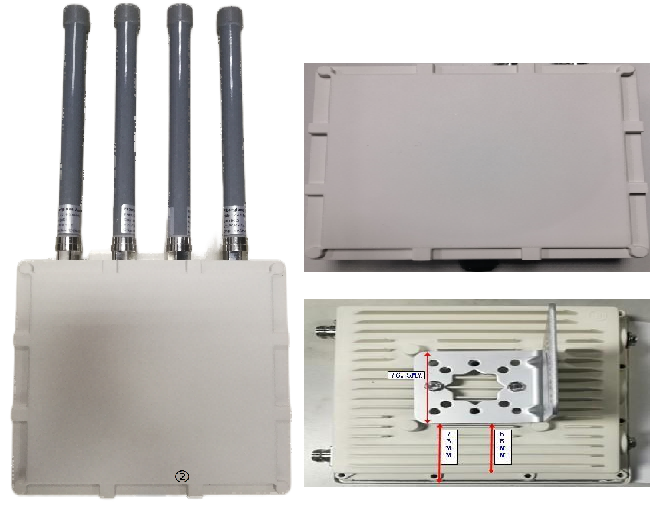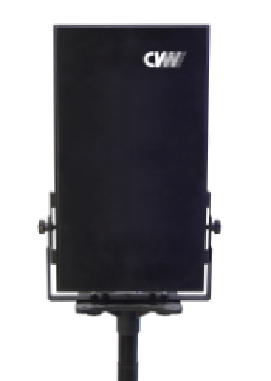The development of wireless video transmission has solved the problem of transmitting data such as audio and video when it is not convenient for wiring construction. A common wireless video transmission system generally consists of two parts, the transmitter and the receiver. In addition, the appropriate gain antenna can be added to increase the transmission distance according to the needs of the actual situation. Through this article, Vision Wireless discusses what type of wireless video transmission equipment is needed in what environment.
1. COFDM wireless video transmission equipment
This type of equipment adopts the world’s most advanced microwave encoding and modulation technology – COFDM, which has excellent transmission stability, anti-interference and high transmittance, and can carry out stable and fast video transmission in the extremely complex, multi-obscured environment. It works by selecting individual sub-channels on the allocated microwave channel to communicate, achieving high accuracy real-time video wireless transmission.
The simple transmission structure is: camera – transmitter – microwave – receiver – display
The representative devices are AeroLink, which can transmit up to 15 km in a pass-through environment.
AeroLink drone transmission
Advantages: No need for fixed monitoring points, no need to keep the environment open, low bandwidth consumption, high transmission efficiency
Disadvantages: High price, application required to use individual frequency points
Application environment: Mobile video transmission by sea, land and air, supporting drones, ships and vehicles.
2.Beamforming Antenna Technology Wireless Video Transmission Equipment
This type of equipment is essentially the same as COFDM wireless video transmission equipment, except that the antenna technology uses beam-focused antenna technology. Beam assignment is a signal pre-processing technique based on antenna arrays, where the beam assignment generates a directional beam by adjusting the weighting coefficient of each array element in the antenna array, thus enabling significant array gain to be obtained. As a result, the beam assignment technique has great advantages in terms of extended coverage, improved edge throughput, and interference suppression.
The simple transmission structure is: camera – transmitter – microwave – receiver – display
The representative equipment is the BeamLink series, with a transmission distance of up to 800 meters.
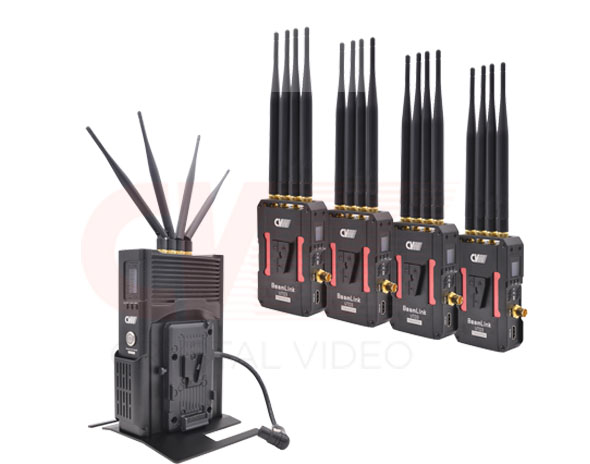
Tianshun-Films Wireless Video Transmission
Advantages: high transmission bandwidth (300Mbps), multiple transmission modes (support point-to-point, multicast, trunking, MESH), affordable price.
Cons: Short transmission distance.
Application environment: most of the video production, live stream, video recording.
3.3G/4G wireless video transmission device
With the continuous development of mobile communication networks such as 3G and 4G, 3G/4G devices dedicated to wireless video transmission equipment have also been created. This type of device utilizes a 3G/4G network to transmit the images captured by the camera to a server on the Internet, where the client can log on to the Internet and communicate in real time. After 5G networks become commercialized in 2020, such devices should also be moving towards faster and more convenient 5G networks.
The simple transmission structure is: camera – transmitter – Internet – client
Advantages: not limited by transmission distance, can be used wherever there is 3G/4G network coverage.
Disadvantages: high price, slow transmission speed compared to the above equipment, traffic charges during use
Application environment: Mostly used in emergency, rescue, emergency and other emergency situations.
These are the three commonly used wireless video transmission devices that CVW has categorized based on common situations, hoping to make the choice easier for users.

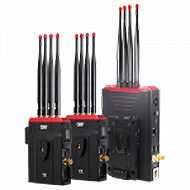 Multi-camera wireless video transmission
Multi-camera wireless video transmission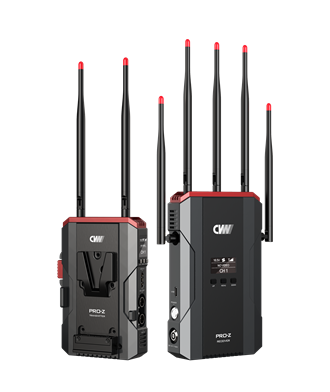 Zero Latency Wireless Video Transmission
Zero Latency Wireless Video Transmission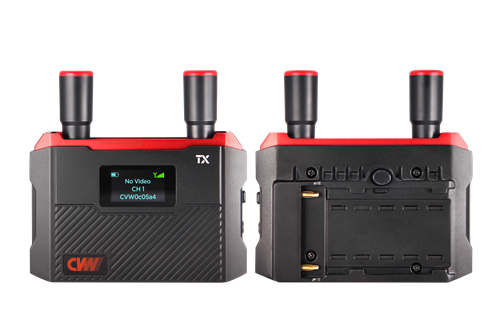
 Designed for teleoperating the heavy equipment
Designed for teleoperating the heavy equipment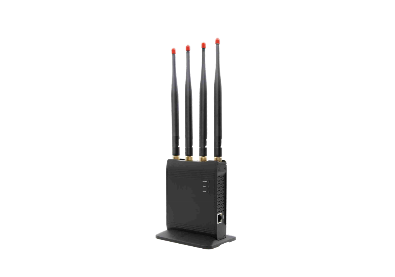 Wireless high-speed data transmission
Wireless high-speed data transmission